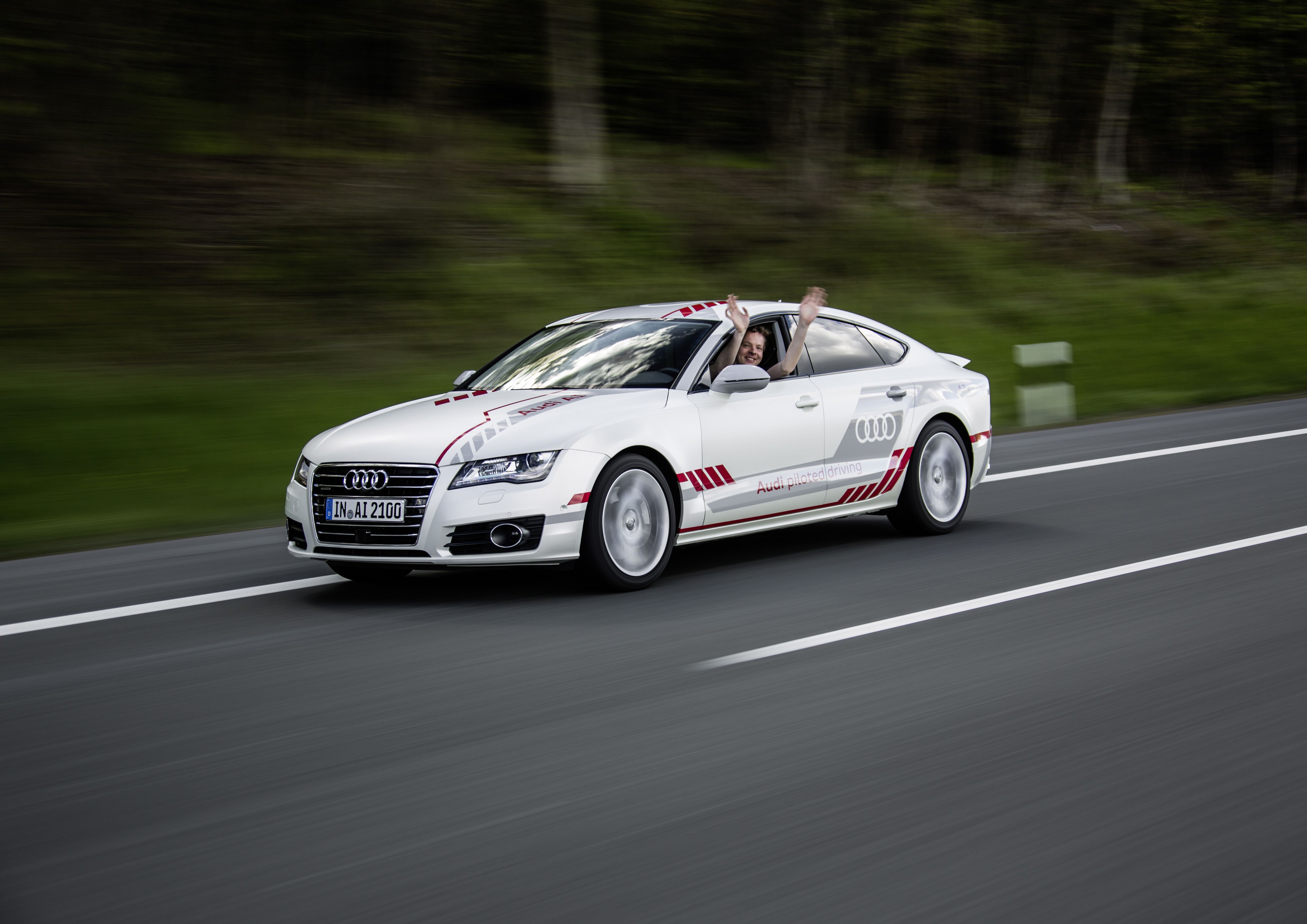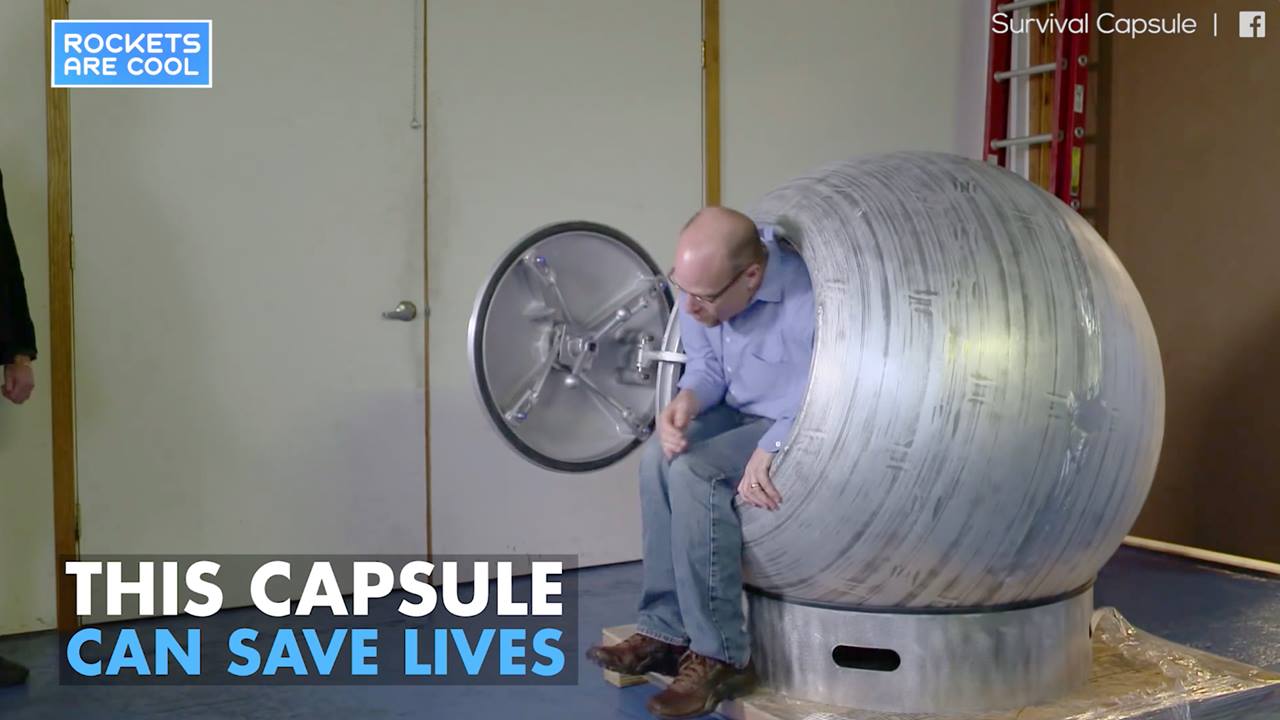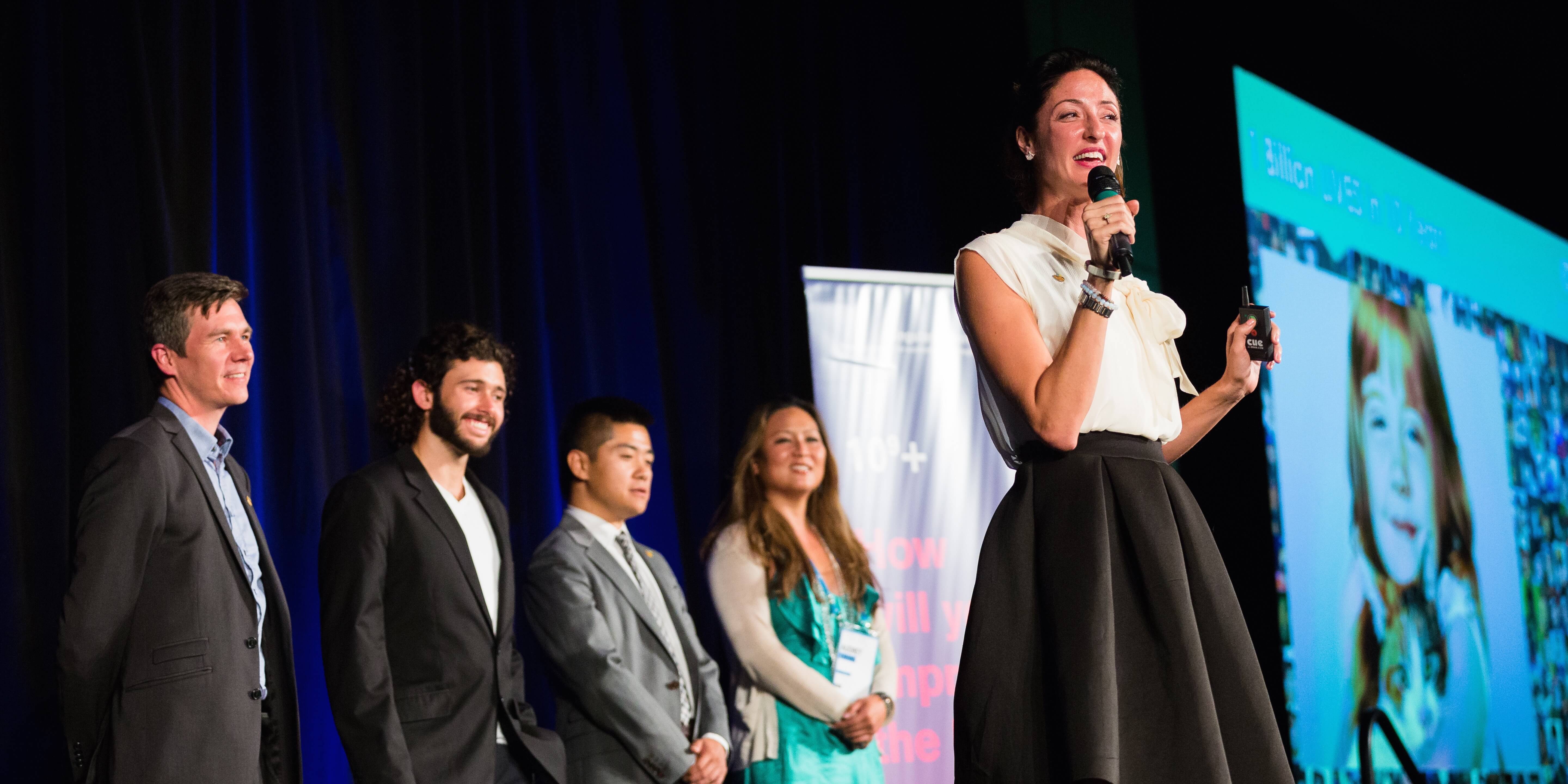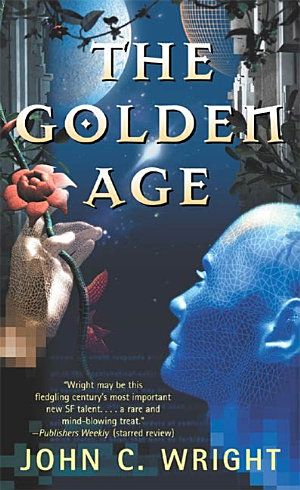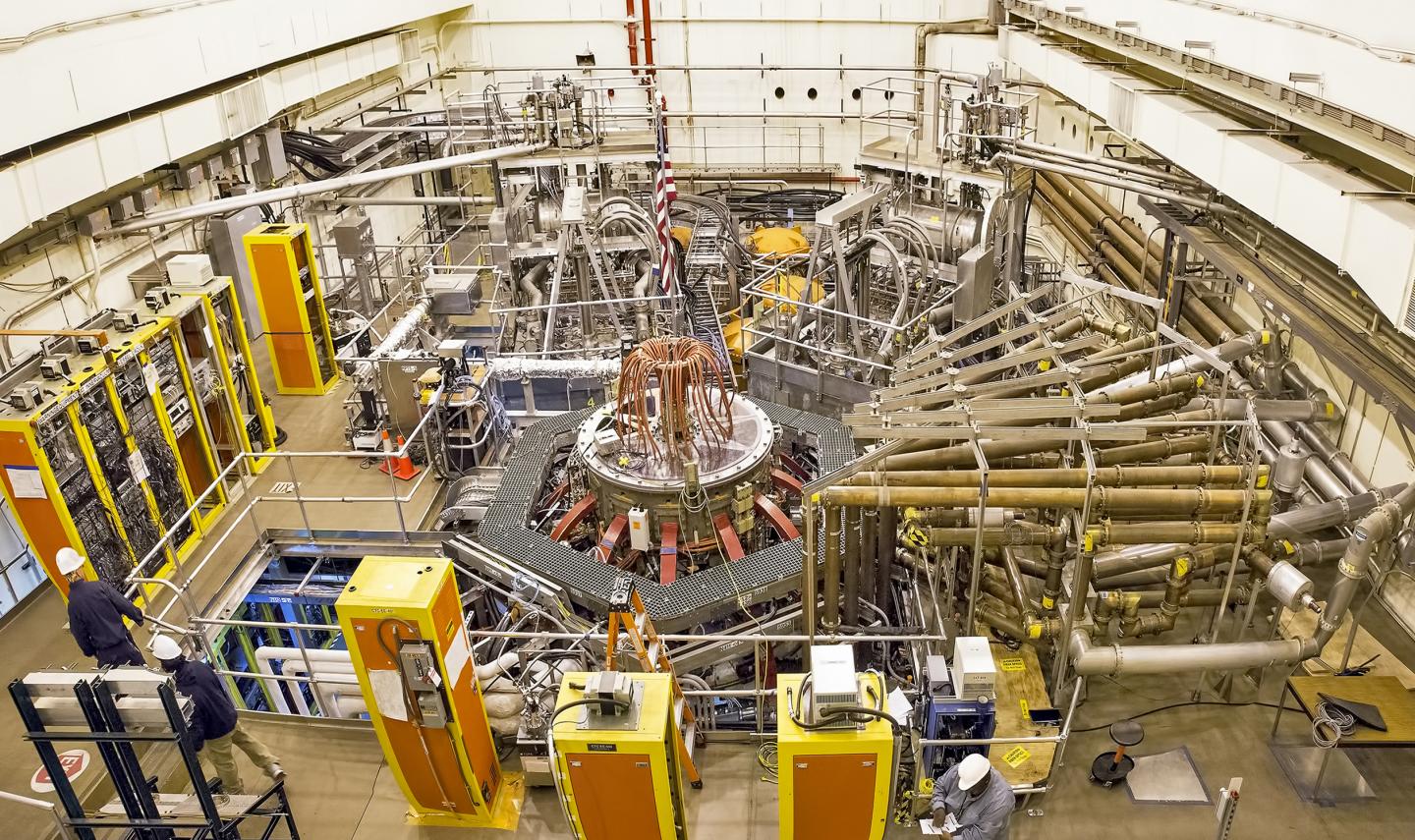Aug 31, 2016
Self-driving tractors promise to get themselves to work, plow without complaint
Posted by Shailesh Prasad in categories: food, robotics/AI, transportation
There’s been a lot of focus on consumer self-driving technology recently, but autonomy promises to shake things up in the agricultural world too. CNH Industrial’s latest concepts aim to demonstrate how self-driving tractors can deliver faster, more precise results than their human controlled counterparts.

